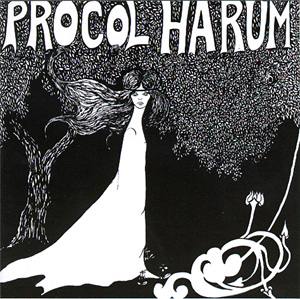Procol HarumBeyond |
|
|
PH on stage | PH on record | PH in print | BtP features | What's new | Interact with BtP | For sale | Site search | Home |
|
 The history of the band extends all the way back to 1964, when English band The
Paramounts, led by Gary Brooker and Robin Trower and including musicians Chris
Copping and B.J. Wilson, had some small success with their version of Jerry
Leiber and Mike Stoller’s hit song Poison Ivy. They were subsequently called
The Pinewoods for a very brief time, but as the band had no further success
after Poison Ivy, they disbanded in ’66. But the members would not forget
their time together and would find themselves thrown back into the mix a short
time later.
The history of the band extends all the way back to 1964, when English band The
Paramounts, led by Gary Brooker and Robin Trower and including musicians Chris
Copping and B.J. Wilson, had some small success with their version of Jerry
Leiber and Mike Stoller’s hit song Poison Ivy. They were subsequently called
The Pinewoods for a very brief time, but as the band had no further success
after Poison Ivy, they disbanded in ’66. But the members would not forget
their time together and would find themselves thrown back into the mix a short
time later.|
PH on stage | PH on record | PH in print | BtP features | What's new | Interact with BtP | For sale | Site search | Home |